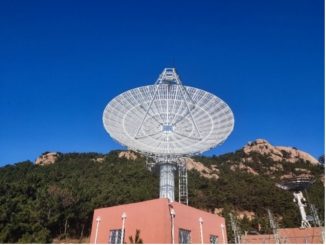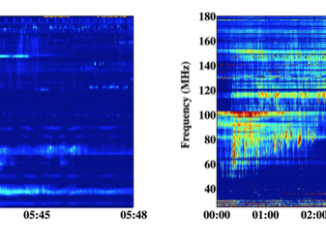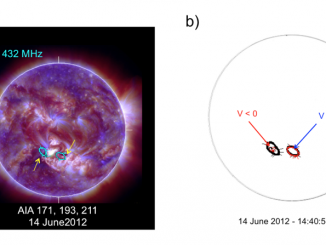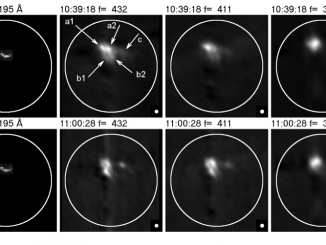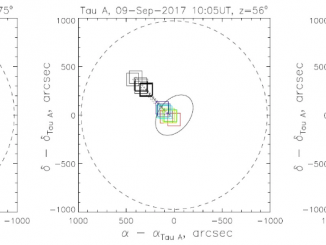Data Release of Solar Radio Bursts observed by CBSm at the metric wavelength by Yao Chen et al.
Here we release the spectral data of solar radio bursts recorded by the Chashan Broadband Solar radio spectrograph (CBSm), located in the Chashan mountain (E122°.30, N36°.84) that is the southern tip of Shandong Peninsula of China. CBSm is supported by the Chinese Meridian Space Weather Monitoring Project (II) and Shandong University. It is designed and operated by the Laboratory for ElectromAgnetic Detection of Institute of Space Sciences (LEAD, ISS), Shandong […]

